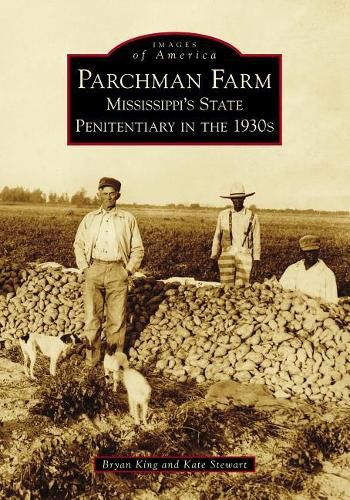Readings Newsletter
Become a Readings Member to make your shopping experience even easier.
Sign in or sign up for free!
You’re not far away from qualifying for FREE standard shipping within Australia
You’ve qualified for FREE standard shipping within Australia
The cart is loading…






In 1900, the Mississippi legislature appropriated funds to purchase approximately 4,000 acres of farmland in Sunflower County, the heart of the Delta. The state’s aim was to establish the Mississippi State Penitentiary, commonly known as Parchman because of the hamlet where it is located. From its inception, the prison farm was designed to preserve the vestiges of the antebellum South. Legislators believed they had designed the ideal correctional institution because Parchman would turn a profit, preserve the planter culture, and keep the black population enslaved in the Jim Crow era. The 1930s represented a turning point in the life of the prison. During this time, the Depression caused a drop in profits, some political leaders initiated measures to improve the standards of care for the inmates, and the New Deal’s Works Progress Administration Writers’ Project brought musical historians to Parchman.
$9.00 standard shipping within Australia
FREE standard shipping within Australia for orders over $100.00
Express & International shipping calculated at checkout
In 1900, the Mississippi legislature appropriated funds to purchase approximately 4,000 acres of farmland in Sunflower County, the heart of the Delta. The state’s aim was to establish the Mississippi State Penitentiary, commonly known as Parchman because of the hamlet where it is located. From its inception, the prison farm was designed to preserve the vestiges of the antebellum South. Legislators believed they had designed the ideal correctional institution because Parchman would turn a profit, preserve the planter culture, and keep the black population enslaved in the Jim Crow era. The 1930s represented a turning point in the life of the prison. During this time, the Depression caused a drop in profits, some political leaders initiated measures to improve the standards of care for the inmates, and the New Deal’s Works Progress Administration Writers’ Project brought musical historians to Parchman.